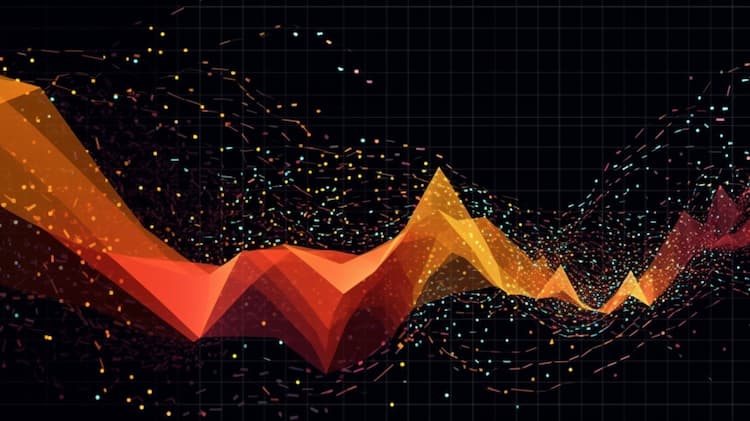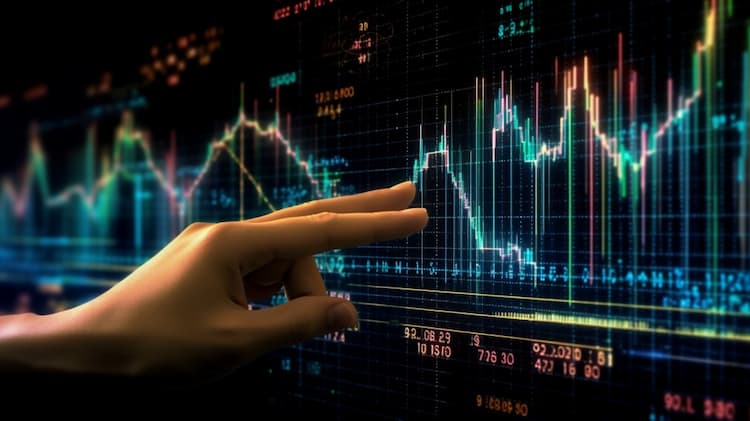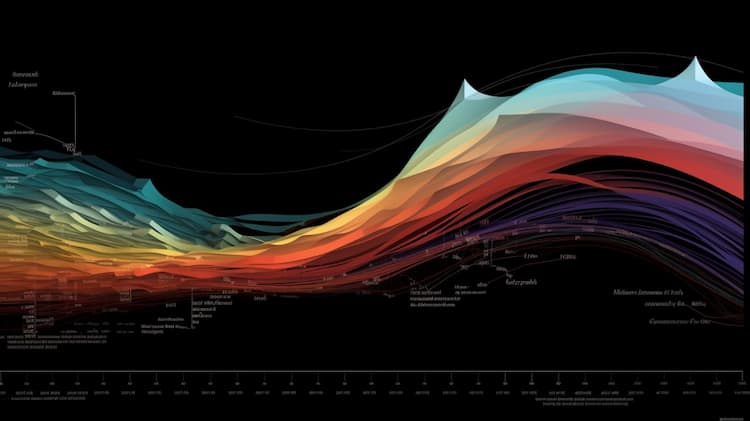
SOIL VS CROP
Exchange-Traded Funds (ETFs) have become increasingly popular in the world of agriculture investments, offering diversified exposure to various segments of the agricultural industry. In this article, we will conduct a thorough comparison between two prominent agricultural ETFs: SOIL (Global X Fertilizers/Potash ETF) and CROP (IQ Global Agribusiness Small Cap ETF). We will delve into essential aspects including ETF tickers, full names, issuers, sectors, top holdings, capitalization, strategy, tracking, and exposure.
SOIL VS CROP: Overview
SOIL and CROP are two agricultural ETFs that cater to different niches within the broader agricultural sector. While SOIL focuses on companies involved in the production and distribution of fertilizers and potash, CROP takes a more comprehensive approach by investing in small-cap agribusiness companies worldwide. This divergence in focus results in distinct exposures and risk profiles, which we will explore further in the following sections.
SOIL VS CROP: ETF Tickers and Full Names
First, let's look at the ETF tickers and full names to understand the specific areas these funds target. SOIL, with its ticker symbol SOIL, fully named the Global X Fertilizers/Potash ETF, clearly indicates its specialization in the fertilizer and potash sector. In contrast, CROP, with the ticker CROP, is the IQ Global Agribusiness Small Cap ETF, signaling its broader approach encompassing various aspects of agribusiness beyond fertilizers.
 SOIL overlap SOIL VS CROP
SOIL overlap SOIL VS CROP
SOIL VS CROP: ETF Issuers
Both SOIL and CROP are managed by reputable ETF issuers. SOIL is managed by Global X ETFs, known for its expertise in thematic and niche ETFs. On the other hand, CROP is managed by IndexIQ, a well-established ETF provider known for its innovative strategies and diverse ETF offerings. Understanding the issuers behind these ETFs can provide valuable insights into their management style and approach to the market.
SOIL VS CROP: ETF Sectors and Top Holdings
The focus of these two agricultural ETFs diverges significantly when it comes to sectors and top holdings. SOIL predominantly invests in companies engaged in the production and distribution of fertilizers and potash. Its top holdings typically include industry giants like Nutrien Ltd. and Mosaic Company. In contrast, CROP's portfolio encompasses various agribusiness sectors, including food processing, machinery, and chemicals. Top holdings in CROP may include companies like Archer-Daniels-Midland (ADM) and Deere & Company. Investors must assess these differences to align their investments with specific industry sectors and their corresponding growth potentials.
SOIL VS CROP: Capitalization and Strategy
Capitalization and investment strategy are vital factors to consider when comparing these agricultural ETFs. SOIL, with its focused approach, may have a more concentrated portfolio, potentially resulting in higher volatility. Conversely, CROP's broader strategy offers diversification benefits by spreading investments across various small-cap agribusiness companies. Capitalization also differs, with SOIL having a relatively smaller asset under management (AUM) compared to the larger AUM of CROP. Investors must weigh these factors in line with their risk tolerance and investment objectives.
SOIL VS CROP: Tracking and Exposure
Understanding how these ETFs track their respective sectors is crucial for investors. SOIL aims to track the performance of companies in the fertilizer and potash industry, primarily by holding the stocks of such companies. In contrast, CROP tracks a global index of small-cap agribusiness companies. This difference in tracking methodology results in varying exposure to different segments of the agricultural industry. Investors should assess whether they seek specific exposure or a more diversified approach when considering these ETFs.
Conclusion
SOIL and CROP offer distinct investment opportunities within the agricultural sector, catering to different niches and strategies. To gain deeper insights into their holdings, correlations, overlaps, and other valuable information, ETF Insider provides an excellent tool for exploration. With its user-friendly app, it offers extensive details on these and other financial instruments.
Disclaimer: This article does not provide any investment advisory services. It is essential to conduct thorough research and consult with a financial advisor before making any investment decisions in ETFs or any other financial instruments.
Get started




















